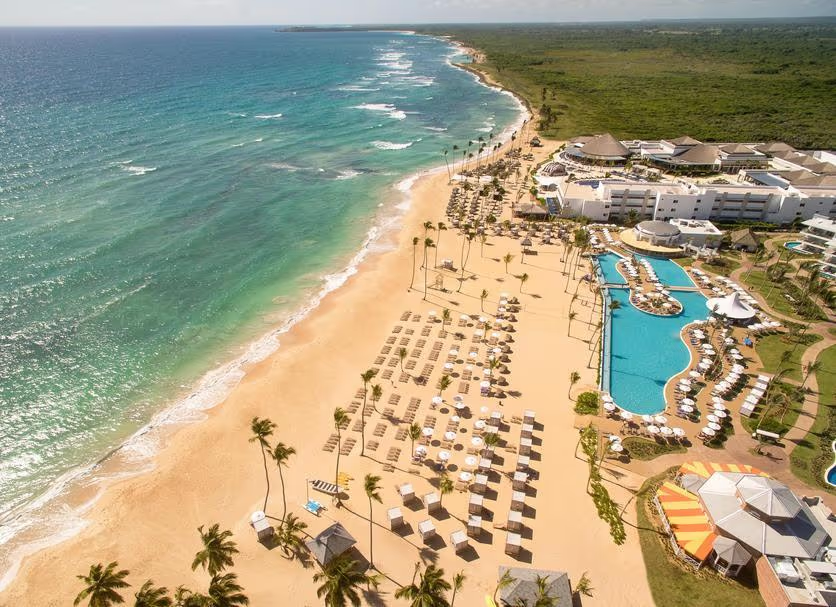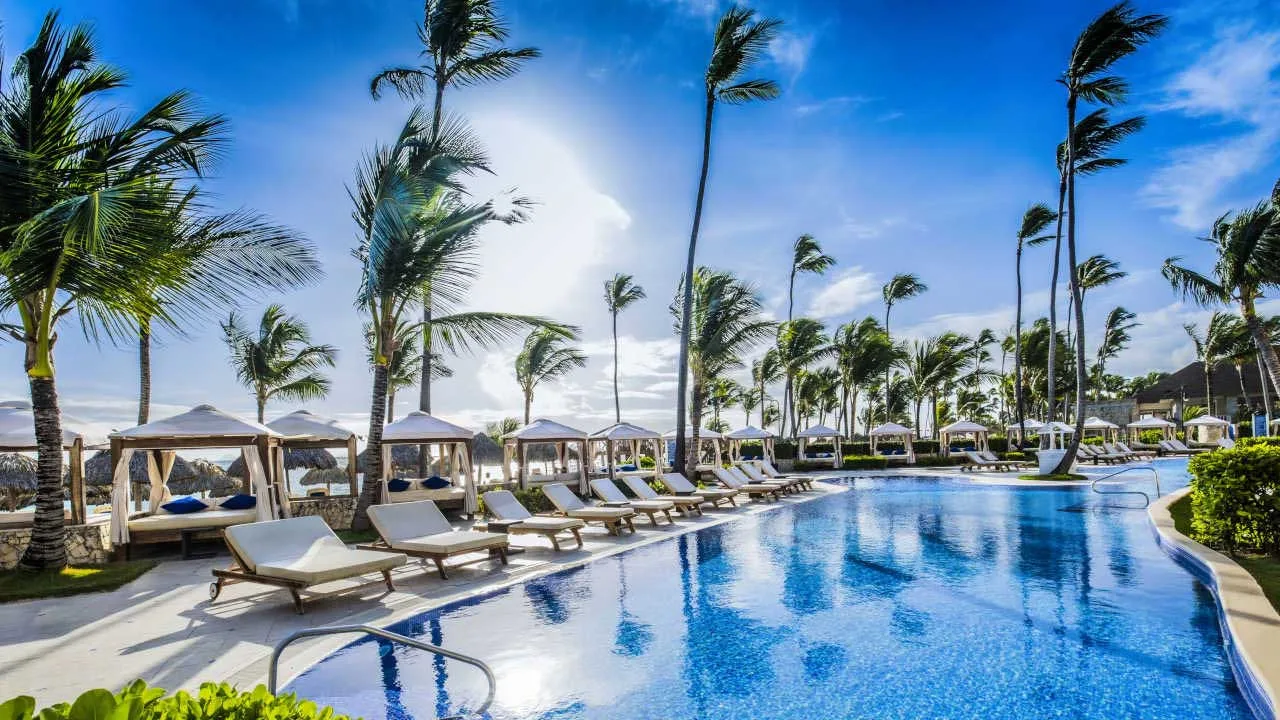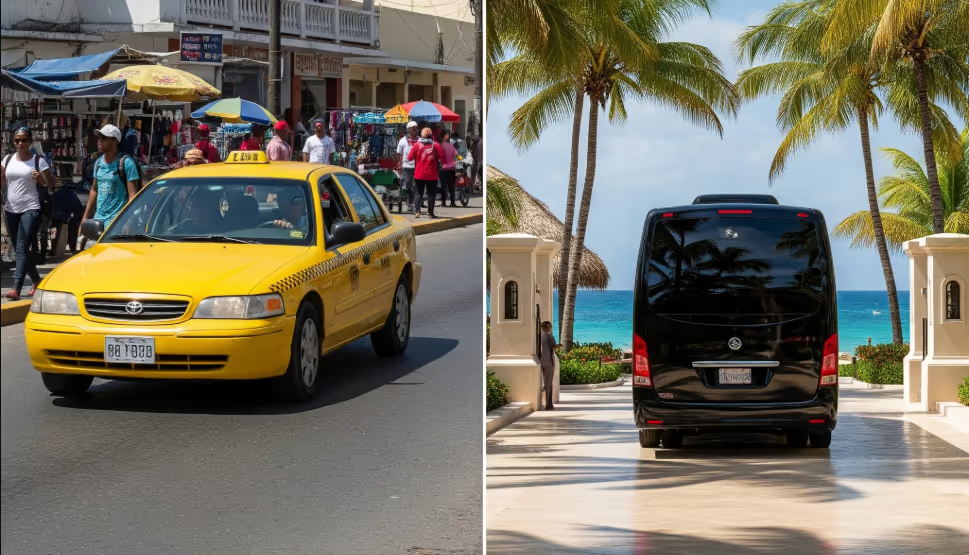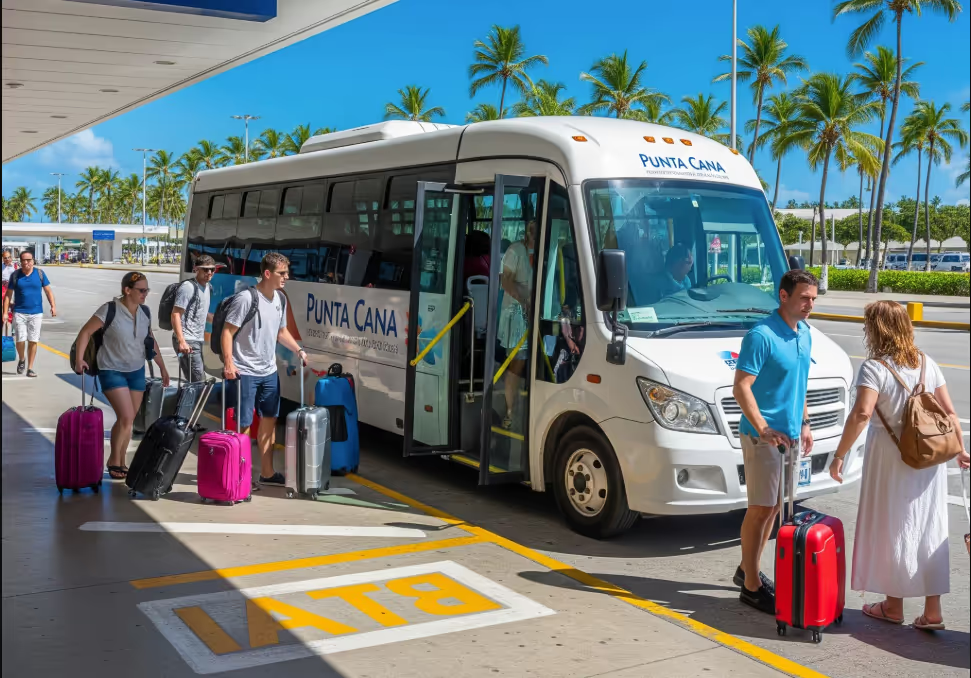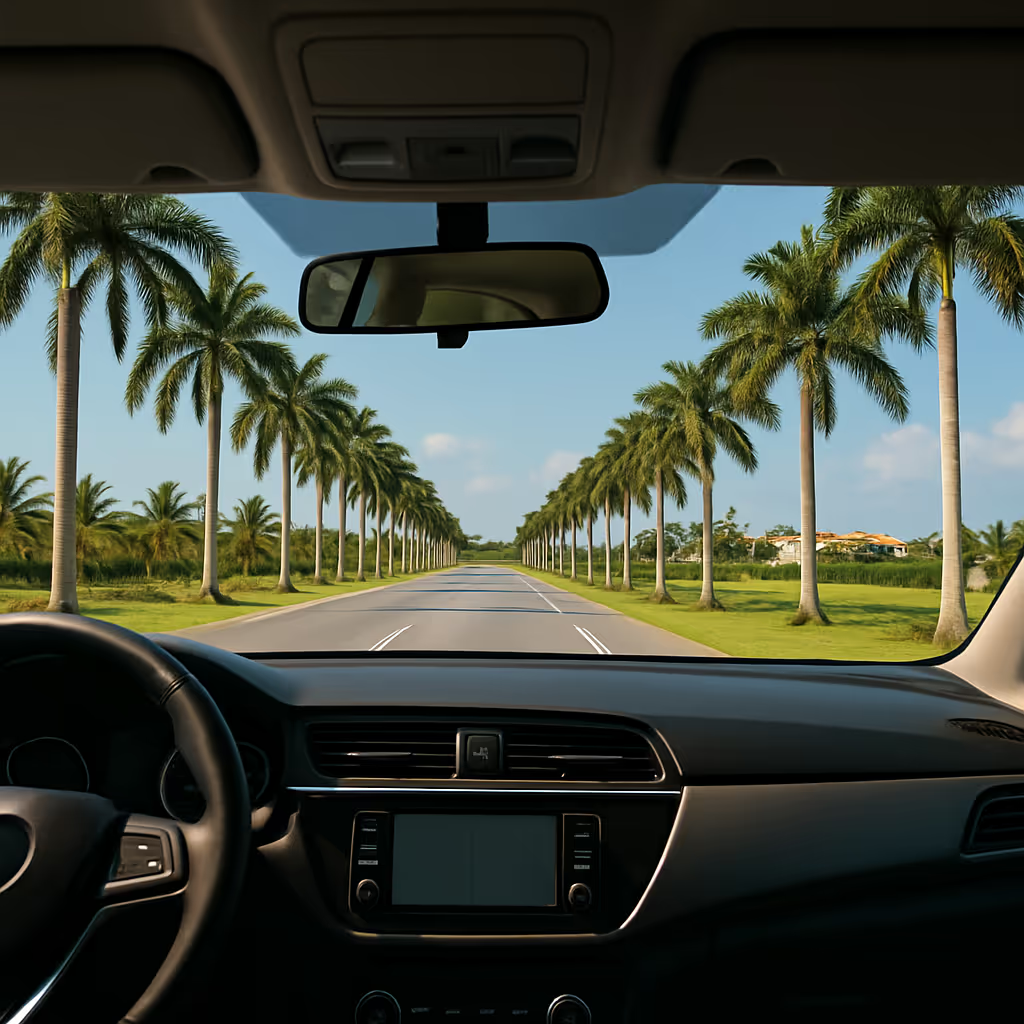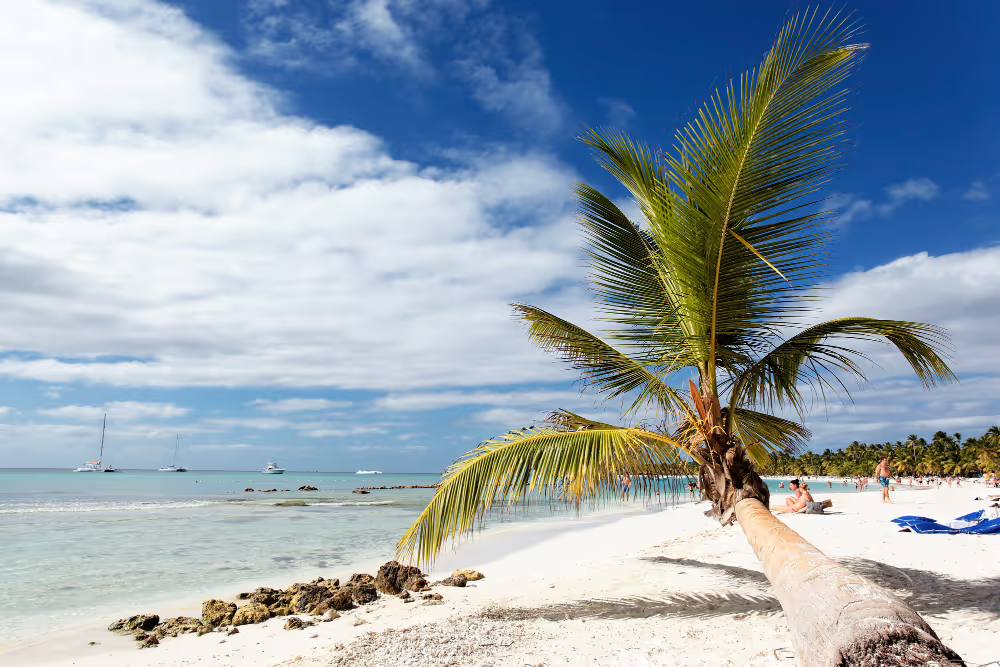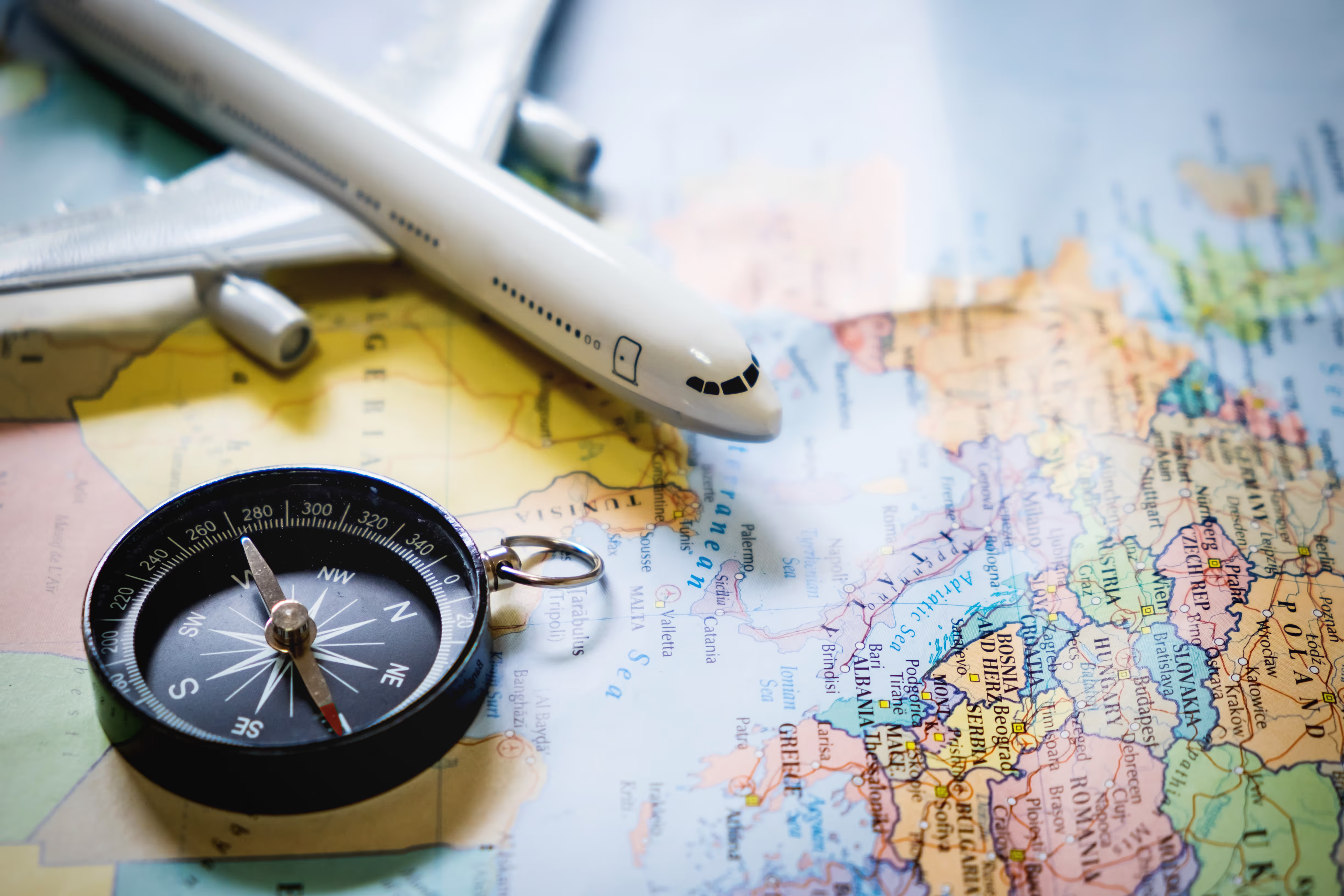As you plan your next getaway, it’s worth noting how travel itself is shifting. Within the tourism industry, 2026 is positioned as a year of meaningful change — for both destinations and travellers. From deeper cultural immersion and “slow travel” to wellness‑focused stays and sustainability as a baseline, the people who travel are doing so with intention. Below we break down the key trends, explain the benefits, show how you can align your trip accordingly (with practical steps), share pricing and logistic pointers where relevant (via Miro Travel), offer local tips, answer common questions, and provide references so you can dig deeper.
Quick Facts
- Global tourist arrivals are forecast to rise ~10.2 % to ~85 million in 2026.
- Tourism market growth for 2025‑26 expected at ~6‑9 % annually.
- In 2026, travelers increasingly favour: wellness and longevity‑driven travel, immersive local culture, off‑peak and slower journeys.
- Pricing growth is moderate: for example, average global daily hotel rate projected to increase ~1.2 % in 2026.
Key Trends & Comparison
Here’s how to think about what’s changing — and how you might decide which trend to lean into for your next trip.
- Slow & Intentional Travel – Rather than “fit in three cities in five days”, travellers are opting for fewer destinations with longer stays, deeper local connection.
- Wellness & Longevity Travel – Trips are now often booked with mental health, stress relief or physical renewal in mind, not just sightseeing.
- Sustainable & Purpose‑Driven Travel – Travelers expect their trips to respect environment, culture, and community. Sustainability is no longer niche.
- Immersive Local Culture & Personalisation – Authentic experiences (local food, artisans, experiences) and tailored journeys are taking over cookie‑cutter packages.
If you’re deciding what type of trip you want: Prefer pure relaxation and doing less? Go slow & intentional. Want to focus on your wellbeing? Lean into wellness. Interested in meaningful impact and local culture? Pick sustainable + immersive themes.
Why These Trends Matter (and the Benefits for You)
Understanding these changes gives you direct benefits as a traveller:
- Better value + fewer crowds – Because many destinations promote off‑peak and longer stays, you’ll often find better rates and less traffic, especially if you plan early. For 2026 bookings, you’ll likely avoid the peak‑rush.
- More meaningful memories – Instead of ticking boxes, you’ll invest experiences that resonate — a workshop with a local, a mindful stay, a nature‑based reset.
- Less hassle & more comfort – With the shift toward personalization, many operators now adapt to your posture: dietary preferences, wellness needs, kid‑friendly wellness, etc.
- Greater alignment with your values – If you care about environment, local economies, or cultural authenticity, you’ll be able to choose options that reflect it rather than defaulting to mass tourism.
How‑to Plan for 2026: Step‑by‑Step
- Define your travel purpose. Are you seeking rest, wellness, cultural immersion, or nature? Pinning the “why” guides everything else.
- Choose your destination type. For example: a wellness resort in a quiet setting; a cultural city stay with local cuisine; or a nature‑lodge for minimal disturbance.
- Check seasonality and timing. For many destinations, shoulder‑seasons (just before peak, or right after) offer better rates and fewer crowds. With global arrivals growing (~10 % in 2026) you’ll benefit by booking early.
- Select accommodations & extras carefully. Look for properties that emphasise wellness amenities, sustainable practices, local partnerships, and provide flexible stays (3‑5 nights or more) rather than one‑night hops.
- Arrange logistics early. Transfers, airport pickup, child‑seats, mobility support, luggage — set them up ahead so arrival is smooth. For example, Miro Travel offers transfers from PUJ airport at private rates ~US $35‑60 and shared from ~US $9.
- Pack with intention. Include items for wellness (e.g., yoga gear or walking shoes), sustainable‑friendly travel (reusable water bottle, reef‑safe sunscreen), and flexibility (layered clothing for mixed indoor/outdoor settings).
- Book early but stay flexible. With higher demand and faster recovery in 2026, premium rooms, wellness suites, excursions fill ahead. If you’re able to adjust travel dates for better value, that’s a win.
Pricing & Ranges (via Miro Travel)
While stay‑rates vary widely by destination, tier and season, here are benchmarks you can use:
- Airport to resort transfer (PUJ → major resort zone): Private ~US $35‑60; Shared from ~US $9.
- Accommodation rates: Because luxury and wellness segments are investing, budget to pay ~10‑20 % more for true wellness‑ or sustainability‑oriented stays over standard rooms.
Note: Always verify the live quote on the provider site (rates fluctuate by date, vehicle class, extras, resort zone).
Local Tips for Smarter Travel in 2026
- Indoor/outdoor mix: Many wellness resorts now offer a blend of beach time, spa sessions, mindfulness classes and indoor retreats — pack accordingly.
- Early arrival advantages: If you arrive early in the day, you’ll have first pick at wellness classes or excursions before later‑arriving guests.
- Sustainable mindset: Ask your resort about local partnerships (community tours, reef restoration) to ensure you're supporting purpose‑driven stays.
- Verify child‑seats or mobility access ahead: Especially if you travel with kids or mobility‑impaired guests, make note at booking. For example, a transfer operator can add a child seat on request.
- Choose shoulder‑season windows: For many destinations, this means fewer crowds, better pricing and more relaxed service — but verify weather patterns and any event overlaps.
- Align your itinerary length with your goal: If your goal is restoration or immersion, stay 5‑7 nights in one place rather than bounce through multiple cities.
Frequently Asked Questions
- 1. Does “slow travel” mean I risk missing major sights?
- No — slow travel emphasises depth not quantity. You may visit fewer places, but you’ll spend longer in each, reducing transit time and increasing meaning.
- 2. Are wellness trips hugely more expensive?
- They can cost more, but many resorts now integrate wellness into standard all‑inclusive rates. Booking early and choosing off‑peak helps manage cost.
- 3. How do I ensure a stay is truly sustainable or purpose‑driven?
- Ask for transparent practices: eco‑certifications, local community engagement, minimal single‑use plastics, local staffing and supply chains. Trend reports emphasise traveler demand for this.
- 4. Is it safe to book ahead given uncertain weather or event conflicts?
- Yes — look for providers with flexible cancellation or postponement policies. With growth of arrivals and events in 2026, flexibility is smart.
- 5. What if I’m travelling with family and not just solo/wellness‑oriented?
- Many resorts and operators now offer mixed‑interest stays: wellness for parents, fun for kids, cultural excursions for all. Define the objective together first.
References & Links
- 2026 Travel Trends You Need to Know – The Getaway Co.
- 4 Travel Trends for 2026 – TwoByTheWorld
- 2026 Is a Pivotal Year for Wellness Tourism – IGES
- Punta Cana 2025 Travel Trends – Miro Travel Blog
- Punta Cana Airport Transfers PUJ – Miro Travel
Call to Action
Ready to travel smarter in 2026? Skip the curbside haggling. Land, meet your driver, go. Use Miro Travel to book your trusted transfer and start your trip with ease: https://miro.travel/transportation.
Internal Links (Suggested)


